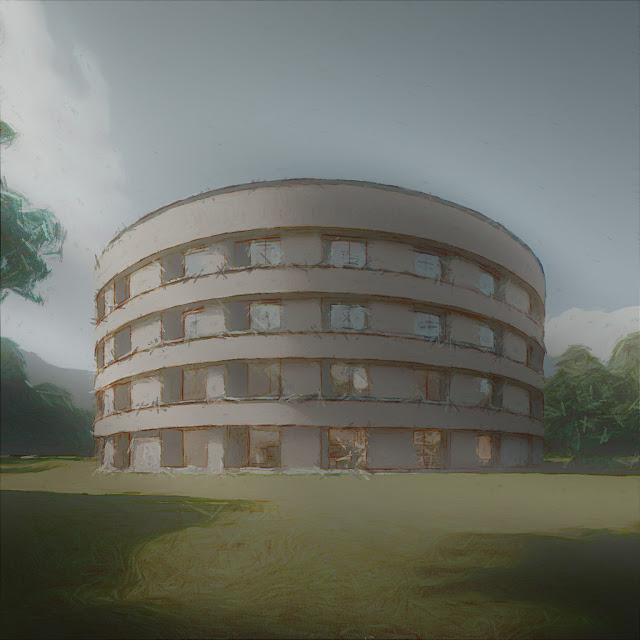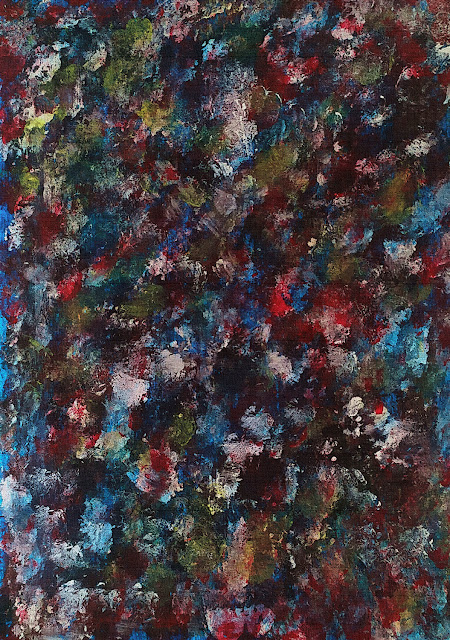In the dynamic world of architecture, the elevation of a building serves as its public face, offering a glimpse into its character, identity, and architectural vision. As architectural styles evolve and design trends shift, architects are constantly exploring new ways to create modern elevations that captivate, inspire, and redefine the built environment. In this article, we delve into the principles, strategies, and contemporary design trends shaping the creation of modern elevations in architecture.
Embracing Minimalism and Simplicity:
One of the defining characteristics of modern elevations is the embrace of minimalism and simplicity. Modern architects often eschew excessive ornamentation and decoration in favor of clean lines, geometric forms, and sleek surfaces. Minimalist elevations prioritize clarity, restraint, and understated elegance, allowing the architectural form and materiality to take center stage.
Exploring Materiality and Texture:
Contemporary architects are increasingly experimenting with innovative materials and textures to create modern elevations that engage the senses and evoke tactile experiences. From sustainable materials like timber and bamboo to cutting-edge materials like glass, steel, and composite panels, the choice of materials plays a crucial role in defining the aesthetic and character of modern elevations. Architects leverage the inherent qualities of materials, such as color, texture, and reflectivity, to add depth, visual interest, and richness to the facade.
Playing with Scale and Proportion:
Modern elevations often play with scale and proportion to create dynamic, visually striking compositions that command attention and create a sense of drama. Architects explore asymmetrical compositions, oversized elements, and bold geometric patterns to break away from traditional notions of symmetry and balance. By manipulating scale and proportion, architects create modern elevations that are bold, expressive, and memorable.
Incorporating Sustainable Design Strategies:
In response to growing concerns about environmental sustainability, contemporary architects are integrating sustainable design strategies into modern elevations to minimize the ecological footprint of buildings. Green facades, living walls, and vertical gardens not only add visual interest to elevations but also contribute to improved air quality, energy efficiency, and biodiversity. Sustainable materials, such as recycled metal, reclaimed wood, and low-emission glass, are increasingly being used to create modern elevations that prioritize environmental responsibility.
Embracing Technology and Innovation:
Advancements in technology and digital fabrication have revolutionized the way architects design and construct modern elevations. Parametric design tools, 3D modeling software, and digital fabrication techniques allow architects to create complex, sculptural forms that were once thought impossible to achieve. From parametrically generated facades to digitally fabricated cladding systems, technology and innovation play a pivotal role in shaping the aesthetic and performance of modern elevations.
Responding to Context and Context:
While modern elevations embrace contemporary design trends and technological advancements, they also respond to the unique context and site conditions of each project. Contextual factors such as climate, culture, history, and urban context influence the design of modern elevations, ensuring that buildings harmonize with their surroundings and contribute positively to the built environment. Modern architects carefully consider the site's orientation, views, and relationship to neighboring buildings when designing elevations, creating buildings that are contextual, responsive, and site-specific.
Conclusion:
In conclusion, creating modern elevations in architecture is a dynamic and multifaceted process that involves a synthesis of design principles, materials, technology, and contextual considerations. From embracing minimalism and simplicity to exploring innovative materials and sustainable design strategies, modern architects are pushing the boundaries of creativity and innovation to create elevations that are bold, expressive, and responsive to the needs of contemporary society. As architectural styles continue to evolve and design trends shift, the creation of modern elevations will remain an exciting and ever-evolving aspect of architectural practice.

























